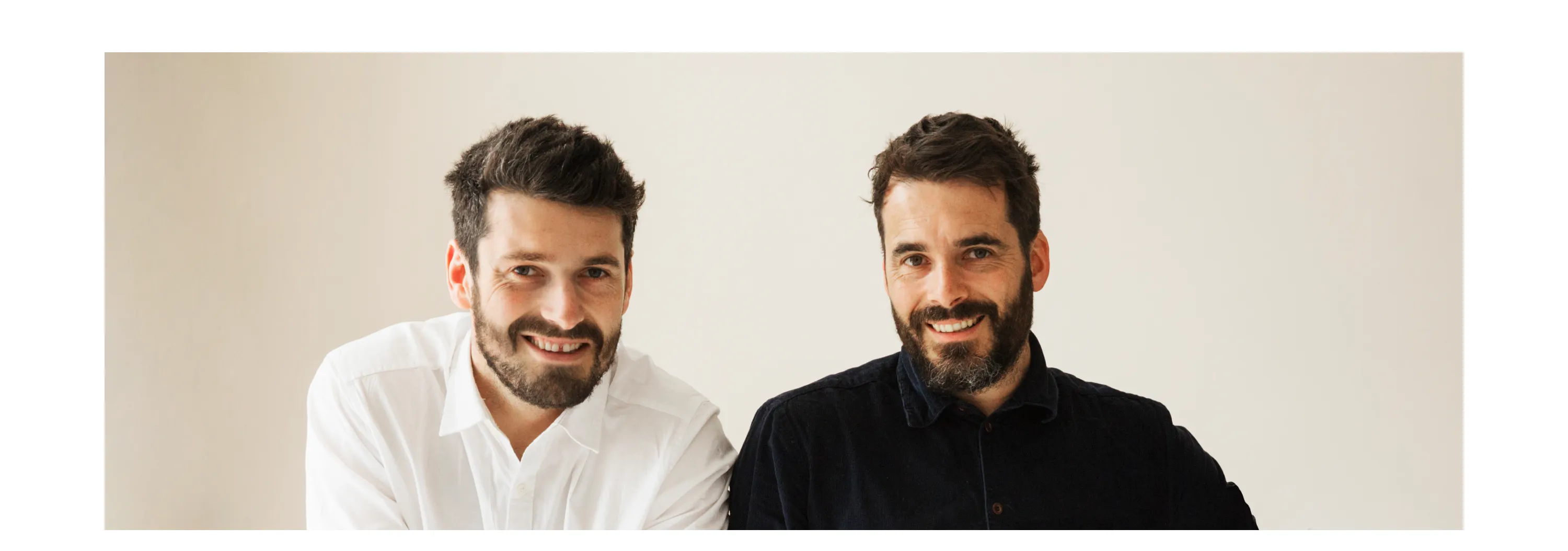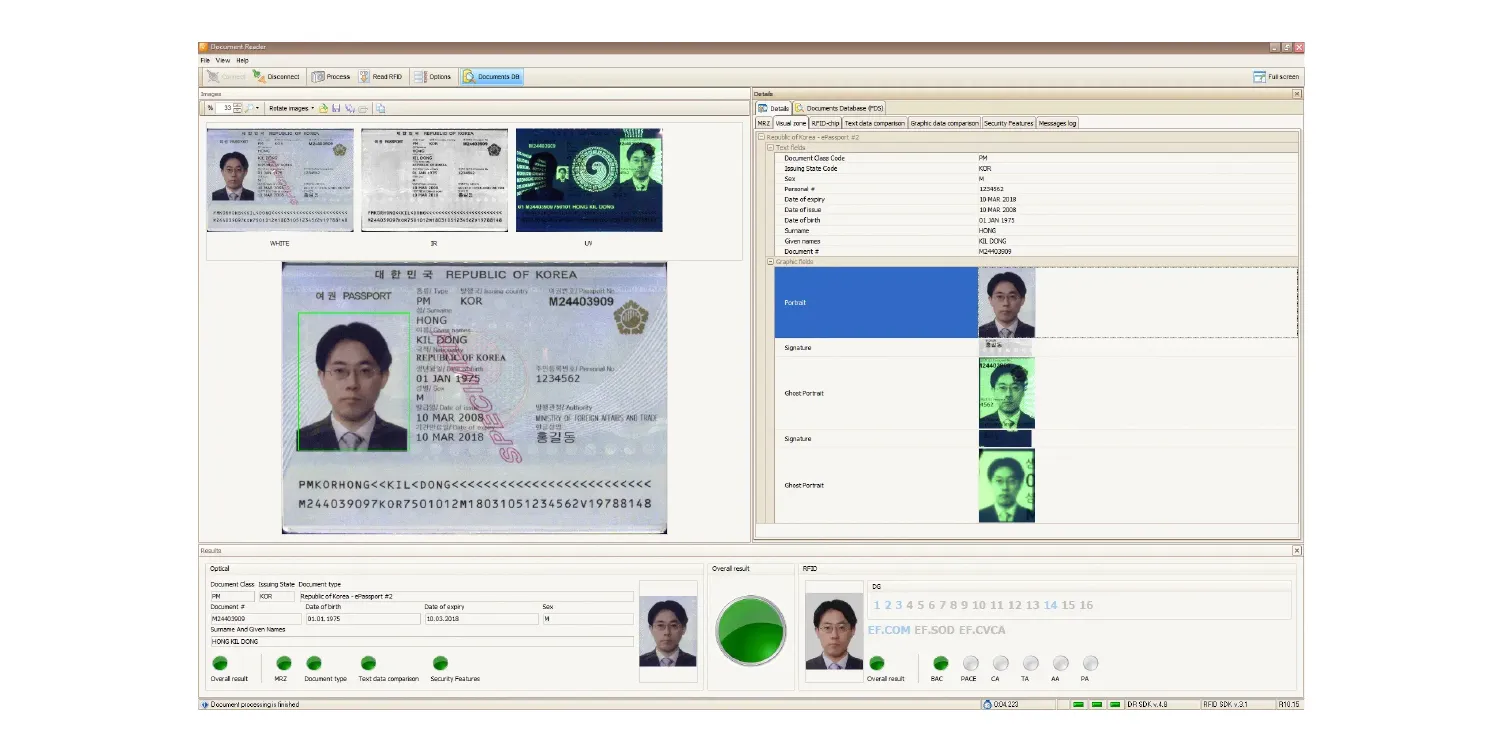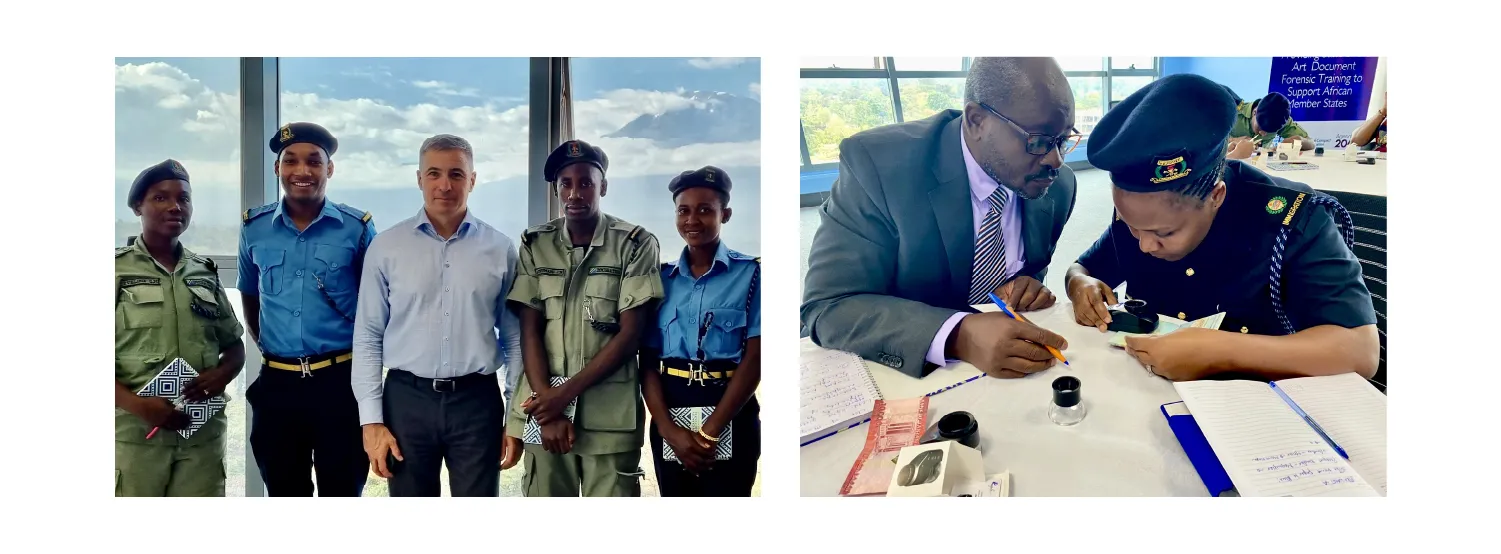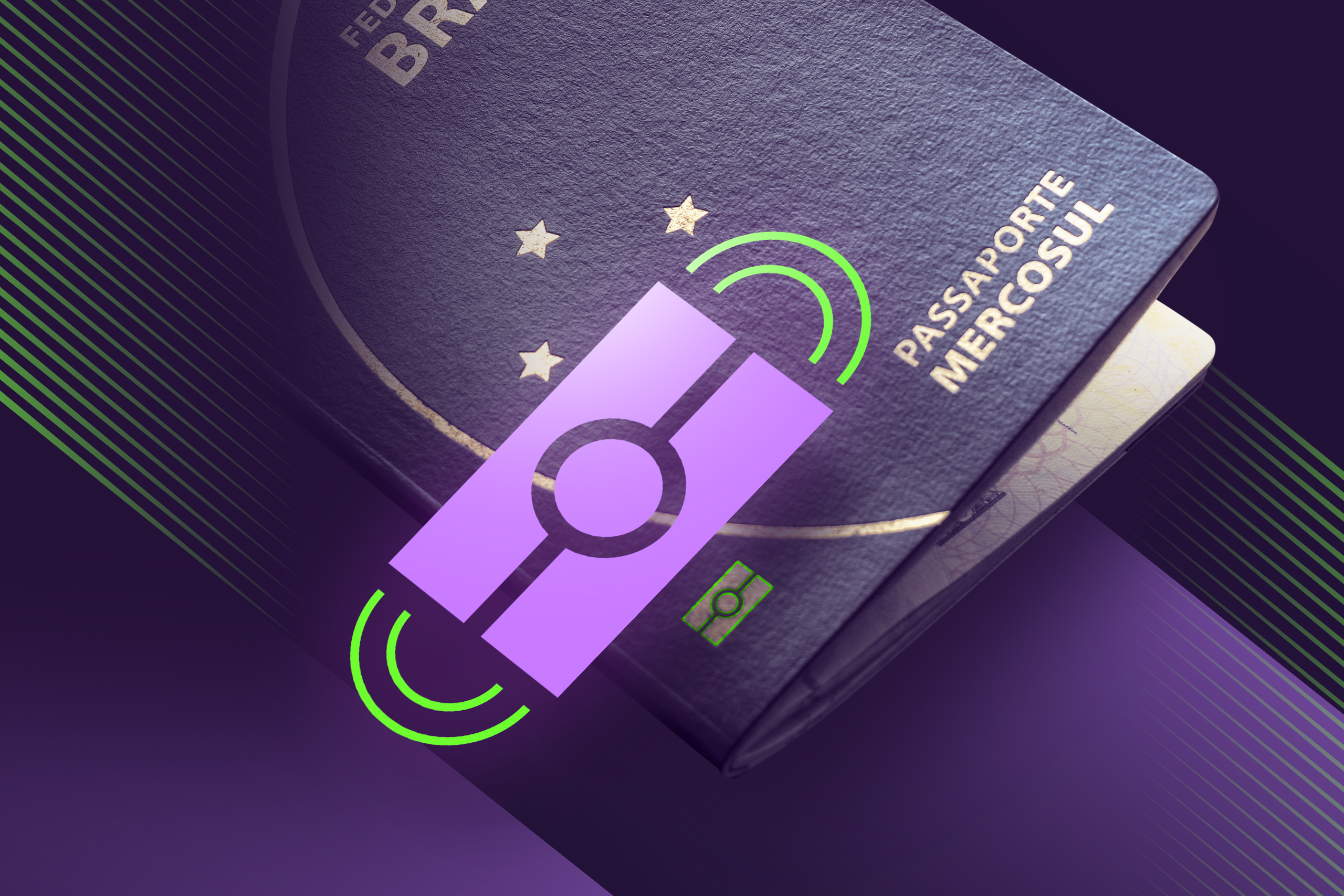Primary passport control procedures in the West are confined to passport scanning with document readers and checking against databases and blacklists. Machine-assisted document verification is an absolute must today, whether it involves manual checks performed by border control officers or ABS systems such as self-service kiosks and e-Gates.
However, the need for in-depth document authenticity verification still remains crucial for keeping borders secure. In case of doubts, an officer can run an authenticity verification right at the security checkpoint. It's called a primary inspection. Or a traveler may be referred to as a separate location (secondary inspection) if doubts persist.
Primary inspection
Disclaimer: In this article we will dive into the western approach, which has gained popularity in North America and Western Europe. If you are from other parts of the world, all the more interesting to compare best practices accepted in different regions.
Step 1. Identification of the person
The first step is always a visual check, where the border control officer ensures that the document indeed belongs to the person presenting it. The officer opens the data page and scrutinizes the photo.
Does the individual look identical to the photo?
Have they changed significantly since the passport was issued?
Or perhaps they are trying to impersonate someone else?
A new haircut, different makeup, a dubious mustache, weight loss, colored contacts, or plastic surgery—all these factors can raise a red flag. In addition to manipulating the appearance of the person, there could be changes to the passport photo itself, for example, the addition of a morphed photo.
Areas of interest:
- Key facial features. Shape of the eyes, nose, and mouth, as well as the structure of the jawline and cheekbones are less likely to change drastically over time and provide a reliable basis for comparison. If the person's ears are visible in the photo, then they can also be compared, as the shape and location of the ears are very individual.
- Nuances. Invariant features like the distance between the eyes, the relative position of the nose and mouth, and the overall facial symmetry. An ordinary ruler put on a portrait can help to determine the asymmetry of the person, like which eyebrow is higher or lower, the position of the eyes, etc., and can be compared with the person in front of you.
- Integrity. In addition to comparing the person with the photo in the passport, the border control officer checks the integrity of the photo – whether the photo was applied to a transparent film on top of the data page, whether any additional features were added to the photo (for example, another hairstyle), and whether the photo was created using morphing techniques.

Two brothers that look alike and can be mistaken one for the other. But despite the similarity, they have different facial contours, different distance between eyes, and different nose shapes.
Get posts like this in your inbox with the bi-weekly Regula Blog Digest!
In some passports, there is one more parameter that can be used to identify a person: their height. If a passport contains such information, it is located on the data page. The height in the passport is compared with a measurement scale applied to the glass of the passport control booth. Still, it can be used just as an additional feature to compare, as the person may be wearing high heels, shoe lifts, or other devices that modify their height.

The Greenlandic passport issued in 2012 which contain the holder’s height.
The officer, seeing a person for the first time, has only seconds to solve this riddle. To reduce the risks associated with the human factor, border control officers use auxiliary software (latter, at step 2) that can detect even the most subtle differences between similar-looking people.

To evaluate the effectiveness of the Regula Face Matching Technology, you can go to the faceapi.regulaforensics.com and give it a try.
Step 2. Data reading and checking against blacklists
Every third country uses Regula document readers and Regula SDK for border control procedures. The readers not only extract data but also perform cross-comparison of data and even document authenticity verification in different illumination modes, including but not limited to white, ultraviolet, and infrared lights. All in all the software carries out optical checks across all available security features.
In order to perform a face comparison operation, the border control officer puts the data page in the document reader. The software reads the machine-readable zone, recognizes the document template and in compliance with the recognized template extracts data from the visual zone. Besides, it reads data from the RFID chip.
As a result, the software compares the document holder’s portraits from the visual zone, RFID chip and obtained from the external camera with each other.

The Regula AAC SDK module performs automatic document authenticity verification. It carries out up to 26 checks in compliance with the received document template from the SDK database.
If these two steps haven’t shown any discrepancies from the document template, there are no “red flags” in RFID checks, and textual data is valid, the border control officer will open the gates allowing a traveler to enter the country. If any mismatches occur, a traveler will likely be sent to the secondary inspection where specialists of document examination will meticulously check their passport.
Secondary inspection
If there are doubts about the document's authenticity, such as partial mismatches with the template or inaccuracies in the security features, the document will be examined using forensic devices. These devices feature varied light sources and substantial magnification abilities.
Visual check of the document
First of all, the border control officers will check the integrity of the entire document. They will look at the passport cover, count the pages, and evaluate the correctness of filling in all the fields on the data page.
Plus, modern passports have security features applied to the cover, such as ultraviolet motifs and anti-Stokes protection, which is a special ink that becomes visible when exposed to high-intensity IR light 970-990 nm.

The Salvadoran passport issued in 2013 and the U.S. passport issued in 2013. Both passports have security features applied on the cover. The Salvadoran passport has the inscription “CENTROAMÉRICA,” visible in ultraviolet light, and the US passport has anti-Stokes inks applied to the cover design.
Besides, the border control officers detect:
The method of production, including security features that verify the passport’s authenticity;
Whether the contents of the document have been modified. Various methods include erasure, addition, overprint, etching, replacement of parts of the document, and exposure to chemical reagents.
For instance, spots on the passport, page tears, or burrs or rough edges on the data page can be a sign of an attempt to make changes or paste an additional layer on the data page with altered personal data. In other cases, such as erasure or etching, violators most often try to hide entry/deportation/entry ban stamps or other marks in the passport.
However, only professional skills and reliable forensic equipment make it possible to distinguish whether smudges and scratches are natural wear and tear or a sign of forgery.
Manual control devices
After visual checks forensic devices come into play. To thoroughly examine passport pages, border control officers use different devices such as:
Magnifiers;
Compact devices that combine both magnification and different types of light sources;
Desktop devices that are more convenient for rapid but precise examination at the secondary inspection.
First of all, the border control officers perform checks in ultraviolet light looking for unexpected luminescence or differences in ultraviolet patterns. Any luminescence may be a sign that the document is counterfeit. But it's not always the case. Sometimes, it means that the document might have been left in a pocket and washed. Some detergents and bleaches can leave substances on the document that will luminesce in ultraviolet light.
Passport pages contain many images and/or patterns that glow in ultraviolet light, as well as planchettes, security fibers, and security threads that also may glow in ultraviolet light, so that a document examiner can check several things at a time quickly and easily.

The Swiss passport issued in 2022. The passport page has colorful drawings visible in ultraviolet light, as well as security fibers and threads also visible in ultraviolet light.
The data page is also checked under standard light sources: white, ultraviolet (365 nm), and infrared (870 nm).

The Swiss passport issued in 2022. Data page in white, ultraviolet (365 nm) and infrared (870 nm).
Now it’s time to examine printing techniques. There are many methods of reproducing images and text fields on printed material, but the main one is the application of security printing techniques.
Printing techniques include letterpress, gravure, offset, and screen printing. Also, there are complex techniques that are legally assigned to certain enterprises; for instance, intaglio and rainbow printing. One of the factors in choosing the printing technique is the ICAO recommendations for the minimum necessary security features when manufacturing travel documents. Each printing technique has its own properties and characteristics that become vivid when zoomed in.

The Swiss passport issued in 2022. Examples of rainbow printing and offset printing on the data page.

The Swiss passport issued in 2022. Examples of intaglio and letterpress printing on the front endpaper.
Besides printing techniques, a border control officer may also check the so-called public security features, as they require minimum time and effort to examine but maximum effort to counterfeit. They include, for example, watermarks and see-through registers. All of them can be checked in transmitted light.

The Swiss passport issued in 2022. Watermark and see-through register in transmitted light.
Based on our working experience and cooperation with border control officers, they choose the Border Control Device Regula 4205D for in-depth document authenticity verification. The device is designed specifically for passports and border crossing documents verification, and has all the necessary features for meticulous verification — 30x on-screen magnification, 12 varied light sources, modules for reading data from MRZ and RFID chip and barcode, plus more exclusive features such as IPI visualization.
Conclusion
In today's fast-paced world, passport control procedures typically take under 1.5 minutes per traveler. Security ultimately hinges on the officers' extensive training and continuously evolving skills. However, keeping up such a pace while ensuring consistent quality is hardly possible without modern technology of border crossings.
Regula has equipped over 80 borders globally, so we know these challenges firsthand. We cooperate with and provide joint training courses for international and regional organizations including Interpol, the International Organization for Migration (IOM), the Organization for Security and Cooperation in Europe (OSCE), and others.
Don't hesitate to reach out if you have any questions, or if you need assistance with equipment for passport control or extensive personnel training.

Training for IOM personnel and border control officers to effectively detect fake documents





